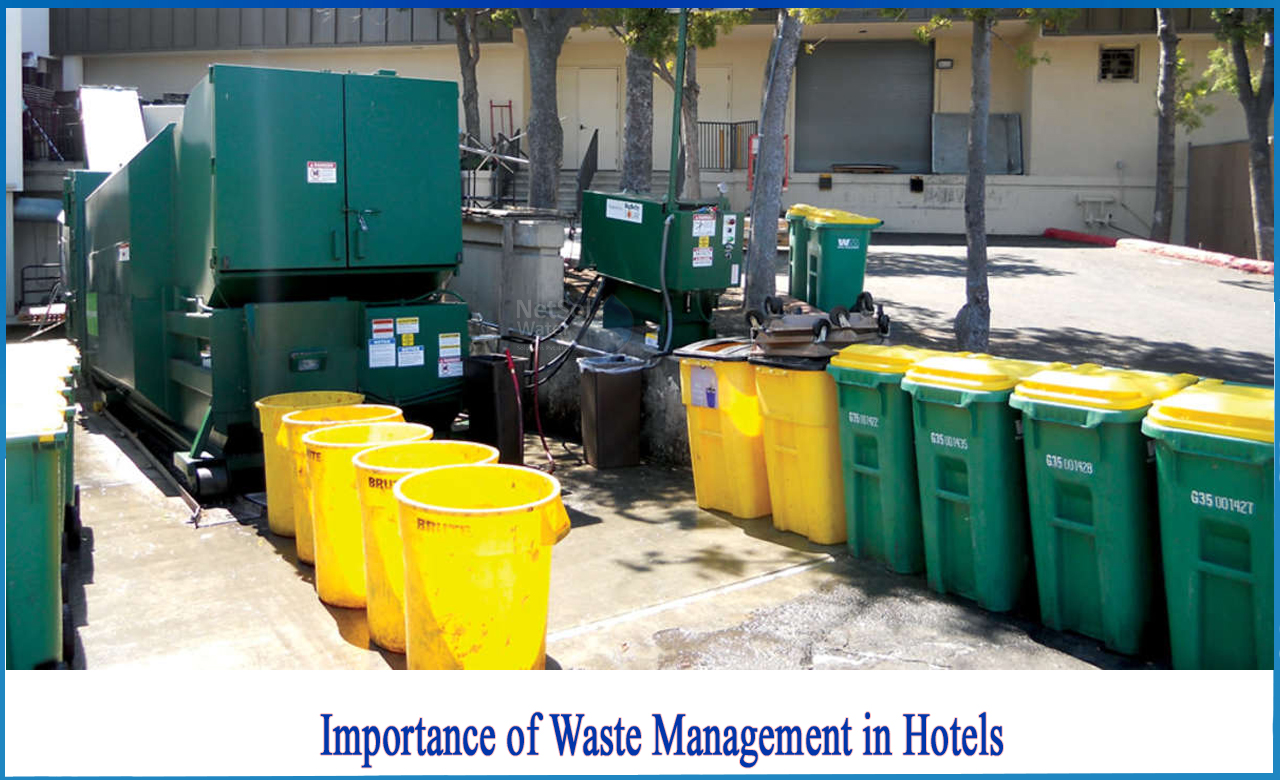Not known Factual Statements About Reclaim Waste
Table of ContentsThe Greatest Guide To Reclaim WasteThe Ultimate Guide To Reclaim WasteRumored Buzz on Reclaim WasteWhat Does Reclaim Waste Do?Not known Facts About Reclaim Waste
Discover the types, events, and kinds of liquid waste. Domestic sewer waste refers to the waste and items from a residential septic container. This kind of waste is created by human beings in homes, schools, and various other buildings. This only consists of septic systems that have a drainpipe field. The correct administration and disposal of residential sewage waste call for liquid waste to be moved to a sewage therapy plant where the proper techniques and equipment are related to purify and deal with waste.
Commercial waste commonly consists of potential dangers, such as combustible materials or a blend of fluid and solid waste products, and needs an advanced and in-depth disposal procedure. The disposal of commercial waste generally entails the filtration of waste before transportation to make sure safe and appropriate disposal. Hazardous waste is developed from results and runoff of industrial processes and production.
This type of waste can not utilize the exact same sewer monitoring transport or procedures as septic or commercial fluids. The hazardous waste management process requires the evaluation and testing of liquid waste before it goes through the disposal process (liquid waste disposal). Drainage waste is the fluid waste that comes from overflow and excess stormwater in extremely inhabited areas or cities
Overflow waste can trigger contamination and flooding if not dealt with correctly. Guaranteeing appropriate waste administration can avoid disasters and lower environmental harm.
Excitement About Reclaim Waste
Call PROS Solutions today to discover our waste monitoring and disposal services and the correct ways to take care of the liquid waste you create.
(http://peterjackson.mee.nu/do_you_ever_have_a_dream#c2256)Do you recognize what occurs to your water when you disengage, purge the commode or drain pipes the washing machine? No? Well, it deserves knowing. This so-called 'wastewater' is not just an essential source yet, after therapy, will be released to our land, rivers or the sea. Used water from commodes, showers, baths, kitchen sinks, laundries and commercial procedures is recognized as wastewater.

water used to cool equipment or clean plant and devices). Stormwater, a kind of wastewater, is overflow that streams from farming and urban locations such as roof coverings, parks, yards, roads, paths and rain gutters right into stormwater drains, after rain. Stormwater moves without treatment straight to local creeks or rivers, ultimately getting to the ocean.
Rumored Buzz on Reclaim Waste
In Queensland, most wastewater is treated at sewage treatment plants. Wastewater is carried from domestic or industrial sites with a system of drains and pump terminals, called sewerage reticulation, to a sewage therapy plant. Neighborhood federal governments build, maintain and run most sewer therapy plants. Operators are accredited under the Environmental Management Act 1994 to release cured wastewater at an acceptable environmental requirement into waterways.
The Department of Natural Resources recommends regional governments concerning handling, operating and preserving sewerage systems and therapy plants. In unsewered locations, regional governments might need homeowners to install specific or family sewage treatment systems to deal with domestic wastewater from toilets, cooking areas, shower rooms and laundries. The Department of Natural Resources authorizes using home systems when they are shown to be effective.
The majority of stormwater gets no treatment. In some new subdivisions, therapy of some stormwater to eliminate litter, sand and crushed rock has actually begun using gross toxin traps. Wastewater therapy happens in 4 stages: Removes solid issue. Larger solids, such as plastics and various other items wrongly released to sewers, are eliminated when wastewater is passed through displays.
Wastewater then moves into big storage tanks where solids settle and are eliminated as sludge. Oil and scum are skimmed from the surface area. Makes use of small living microorganisms referred to as micro-organisms to break down and get rid of staying dissolved wastes and great bits. Micro-organisms and wastes are integrated in the sludge. Removes nitrogen and phosphorus nutrients that can cause algal blossoms in our rivers and endanger marine life.
An Unbiased View of Reclaim Waste
Nutrient elimination is not offered at all sewage treatment plants because it requires pricey specialized devices. Clear liquid effluent produced after therapy might still include disease-causing micro-organisms - industrial wastewater treatment.

This usually means wastewater has actually to be dealt with or pollutants removed before it can be straight from the source released to rivers. Many wastewater flows right into the sewerage system. Under the Act, local federal governments provide authorizations and licences for environmentally pertinent activities (ERAs) including wastewater releases that could have a regional impact. The division administers authorizations and licences to Periods including wastewater releases that could have a regional or statewide influence.
About Reclaim Waste
Otherwise, examples are taken for lab analysis. Often several tests are required to establish the degrees of each of the various toxins such as oils, heavy metals and chemicals in water. Monitoring supplies factual info about water top quality and can verify that licence problems are being met. The info acquired via monitoring supplies the basis for making water quality decisions.